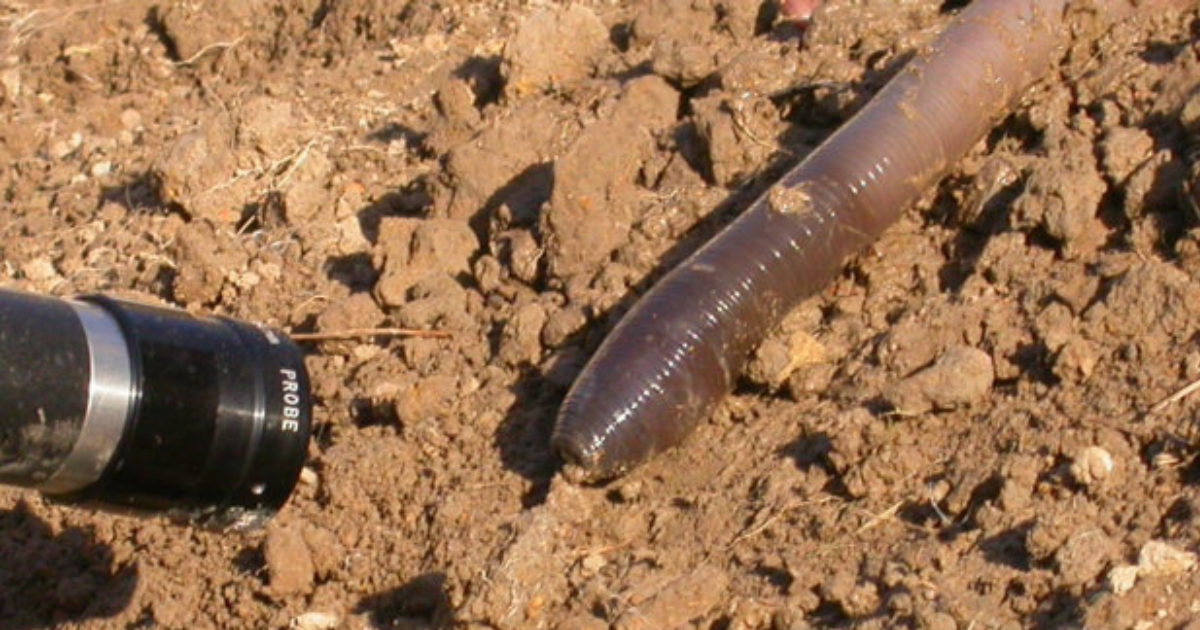Can Gippsland’s river system handle three scheduled coal mine rehabilitations?
A 2020 report found any increase in the amount of water extracted from the Latrobe Valley river system would lead to a decline in ecological value and biodiversity.

Three open cut mine sites in the Latrobe Valley are about to be filled with thousands of GL of water - can Gippsland’s river system handle it?
Gippsland is home to three ageing coal-fired power stations that will be retired in the near future due to their age and the companies that operate them no longer seeing them as commercially viable as renewables are now the cheapest way to generate power.
Once these power stations are retired there will be three open cut mines requiring rehabilitation: Hazelwood, which closed in 2017; Yallourn, which is expected to close in 2028; and Loy Yang, set to close in 2035.
In Victoria companies are required to rehabilitate their mine sites under guidance from Earth Resources Regulator (ERR) to ensure sites are returned to a “safe, stable and sustainable state”.
The mine site operators Engie, AGL and Energy Australia are all planning to fill the open cut mines with water in an effort to rehabilitate the sites.
According to the companies, Hazelwood will require 637 GL to fill, Yallourn 630 GL and Loy Yang 1,087 GL. This is an estimated total of 2,354 GL of water that could be removed from the Latrobe Valley river system over three decades.
A gigalitre is one billion litres.

Latrobe Valley mine locations from the Department of Economic Development, Jobs, Transport and Resources and Victoria 2018.
Local environmental group, Friends of Gippsland Lakes, says this “poses one of the most serious threats to the health of the Gippsland Lakes in living memory”.
Not-for-profit organisation Environment Victoria called on the state Minister for Water, Gayle Tierney, to charge mining companies a higher price for the water they seek to take from the Latrobe River system – and to reinvest that revenue into restoring the rivers.
Hayley Sestokas, senior Latrobe Valley organiser for Environment Victoria, said in a statement: “Removing this much water from Ramsar-listed Gippsland Lakes carries severe ecological risks. Gippsland’s rivers and lakes have already paid a high price for a century of coal.”
Friends of Gippsland Lakes member, David Nicastro, told the Gippsland Monitor: “Low cost drinking water is too precious to the community and the environment to be used to fill a disused industrial mining pit.
“The Latrobe system is already 129 GL short each year. If you take another 30 to 35 GL a year out just for one of those mines, it just seems incomprehensible.”
A 2020 report commissioned by the Department of Environment, Land, Water and Planning into the Latrobe river system found if water continued “to be taken and used at current rates, under a drier future climate this would lead to a decline in the environmental values of the Latrobe system and a loss of biodiversity.
“These declines would be exacerbated if there was an increase in the amount of water extracted from the system.”
Nicastro said there were more ecologically friendly options to rehabilitate the minesites, including “dry fill or part dry fill, where they do stabilisation work and they grade the edges and reduce the slopes.
“The problem is, it's very geo technically complex and expensive. And when you’re pricing water at next to nothing, it's a lot cheaper to just fill it up with fresh drinking water.”
Loy Yang general manager Christo van Niekerk said in a statement: “Technical studies currently indicate that repurposing the coal mine pit as a lake is the most viable and sustainable rehabilitation option”.
Submissions can be made here on the use of water for minesite rehabilitation. Subsmissions close on August 15.

